The Industrial History of Bradford – Gallery
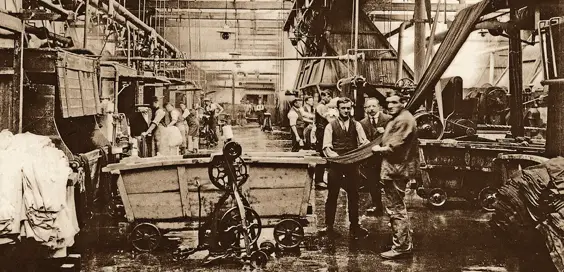
By Paul Chrystal
Bradford, or at least the Bradford of the nineteenth and early to mid-twentieth centuries, was defined by mills, ironworks, mines and textiles. Henry VIII’s reign (1509–47) had seen Bradford exceed Leeds as a manufacturing centre and the start of two hundred years of relentless growth, with it ultimately becoming the UK’s premier wool trade town.
In the eighteenth century the Bradford Canal (1774) and turnpike road links boosted trade and industry yet further – the canal ran the 3 miles from the city centre to join the Leeds and Liverpool Canal at Windhill. Although traffic had diminished by 1894, coal was still being shipped into the city in the 1930s. Another driver of progress came at the end of the nineteenth century with the completion in 1896 of the Bradford Midland station.
Using unique images from the archives of Historic England, we examine some of Bradford’s former industrial landmarks…
At Work in the Mills
With its numerous mills, Bradford had a reputation of being one of Britain’s most polluted towns. George Weerth, the radical German pamphlet writer and friend of Marx and Engels, worked in Bradford as a representative for a textile firm researching the impact of the Industrial Revolution on the relationship between property owners and workers. In 1846, in Neue Rheinische Zeitung, he described the town as follows:
Every other factory town in England is a paradise in comparison to this hole. In Manchester the air lies like lead upon you; in Birmingham it is just as if you were sitting with your nose in a stove pipe; in Leeds you have to cough with the dust and the stink as if you had swallowed a pound of Cayenne pepper in one go – but you can put up with all that. In Bradford, however, you think you have been lodged with the devil incarnate. If anyone wants to feel how a poor sinner is tormented in Purgatory, let him travel to Bradford.
Dunkirk Mill
This was a water-powered worsted mill that was established around 1800. The main building is a two-storey, eight-bay mill that is largely from c. 1870 but incorporates the remains of an early mill in the area of the wheelhouse. The complex is completed by cottages, a mill extension (used in the late nineteenth century for corn milling), remains of an added steam-power plant, and an extensive headrace and mill dam. The waterwheel was later replaced by a water turbine.
Lower Providence Mill
The mill is photographed here during demolition works in 1984. Established in the early nineteenth century as a water-powered worsted mill, it was rebuilt as a steam-powered mill in 1874–75. The earlier mill was incorporated into the later mill. It comprised four storeys and an attic, was thirteen bays long, was of a timber-floored construction and was powered by an internal end engine house. Later expansion involved the construction of a combing shed in 1895, a wool warehouse in 1897 and a warehouse and shed prior to 1908.
Waterloo Mills
Waterloo Mills was a steam-powered worsted mill that was built c. 1870. By the early twentieth century it was run as a room and power mill. The main buildings include a four-storey, eighteen-bay timber-floored mill of c. 1870, large sheds of various dates, offices, warehouses and a 1916 engine house containing a 1905 inverted vertical engine that was bought second-hand. The original beam engine has been removed and its internal end engine house subdivided to give a rope race connecting with the new engine house. The roof of the mill was repaired with grant assistance from Historic England in 2016. The above image shows a loom in the west shed of the mill.
Dalton Mills
The ground floor of the mill can be seen here with yarn-processing machinery on either side. Dalton was a large steam-powered worsted mill, which began in 1866 and expanded rapidly over the rest of the decade. The original scheme comprised three ornate mills: Tower Mill, which began in 1866 and had four storeys, an attic and nine bays; Genappe Mill, which began in 1868 and had three storeys and thirty-eight bays; and New Mill, which began in 1869 and had three storeys and thirty-three bays. The site also contained a long shed (work on which began in 1866), engine houses, boiler houses, a chimney and offices. The buildings are grouped around a narrow yard. The mill owners – I. & I. Craven – were worsted spinners and manufacturers, but it appears that Dalton Mills was used mainly for spinning. Later alterations included the 1904 addition of two horizontal engine houses, constructed to designs by John Haggas & Sons, necessitated by the accidental wrecking of the original pair of beam engines.
Cumberland Works
Wool being stored in the warehouse of the Cumberland Works. The opening of the Bradford Wool Exchange in 1867 powered the growth of worsted mills, cotton mills and wool-combing works throughout Bradford. The Cumberland Works made a significant contribution to industrial development in Manningham. They were a large wool-combing factory established in 1875 near to Four Lane Ends.
Dye Houses
Bradford textiles were formerly dyed in Wakefield or Leeds, but it was dyeing its own by 1797. By this time there were two dye houses working in the town: Bowling Dye Works and Peel’s of Thornton Road. Dying was always a highly toxic process and remains so today. The image shows the dye house in Salt Mills in 1930, along with its toxic fumes and dyes – workers were exposed to these on a daily basis and had no masks or modern protective clothing. Dye fixatives were especially lethal, containing dioxin (a carcinogen), heavy metals such as chrome, copper and zinc (also carcinogens), and formaldehyde.
Bowling Iron Works
Ironworks at Low Moor and Bowling mark the birth of Bradford as an industrial town from the end of the eighteenth century. They brought with them not just prosperity and employment but also dramatic population growth and pollution. The Bradford ‘iron age’ overlapped with the ‘textile age’, in which numerous mills were constructed to produce copious amounts of worsted wool products, elevating the town to the status of wool capital of the world. The Bowling Iron Works was established around 1780 in East Bowling, to the south-east of central Bradford. Bowling township lay above the Yorkshire coalfield where deposits of black bed and better bed coal were prolific in the eighteenth and nineteenth centuries, which were good for coke. There were also substantial deposits of limestone. All of these deposits were near the surface, facilitating extraction. The Bowling Iron Works operation included mining coal and iron ore, smelting, refining, casting and forging. The company turned out shackles, hooks and piston rods for locomotives, colliery cages and other mining appliances where tough iron was a prerequisite.
Priestley’s Warehouse
The wrought-iron gates of Priestley’s Warehouse.
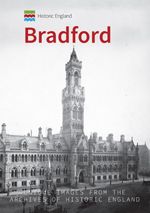
 ‘Historic England: Bradford’ by Paul Chrystal is published by Amberley Publishing, £14.99 paperback, ISBN: 9781445683607
‘Historic England: Bradford’ by Paul Chrystal is published by Amberley Publishing, £14.99 paperback, ISBN: 9781445683607
Images: © Crown copyright. Historic England Archive
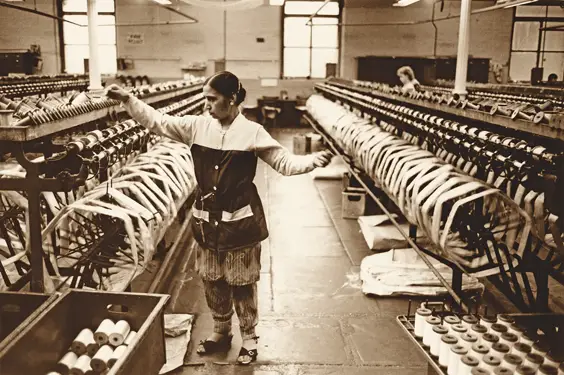
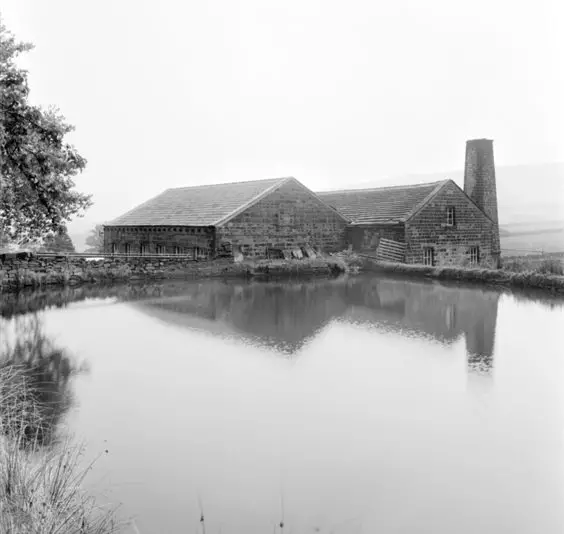
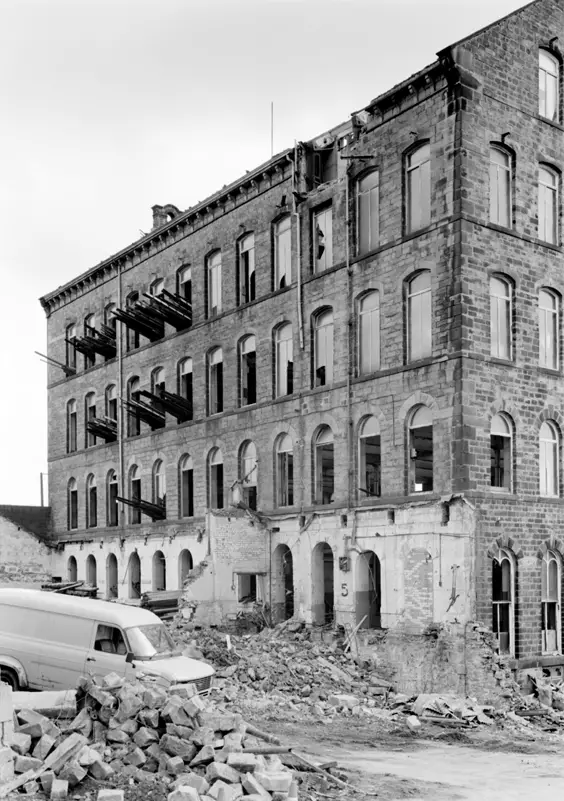
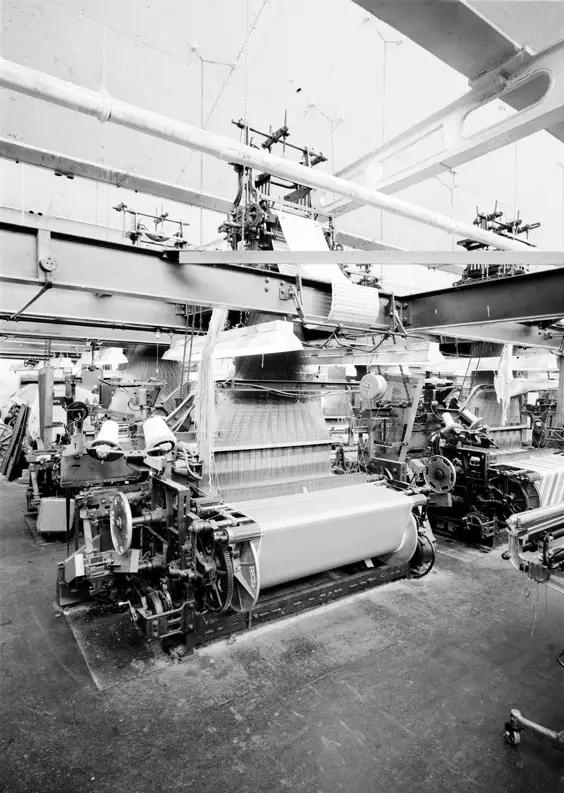
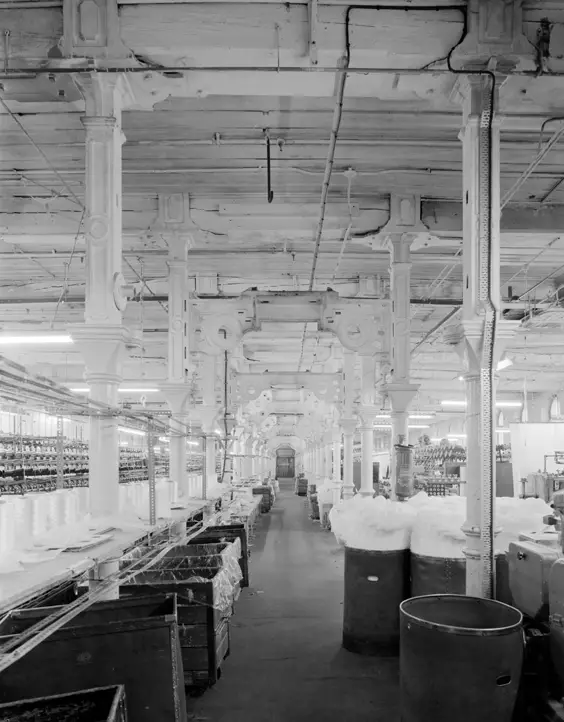
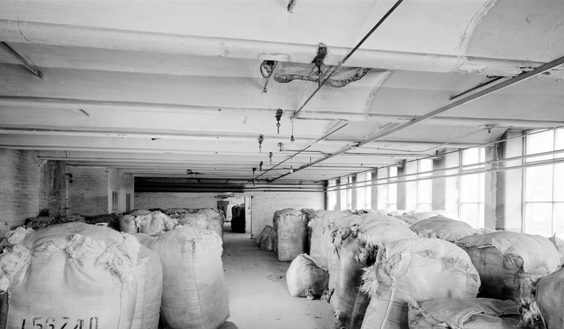
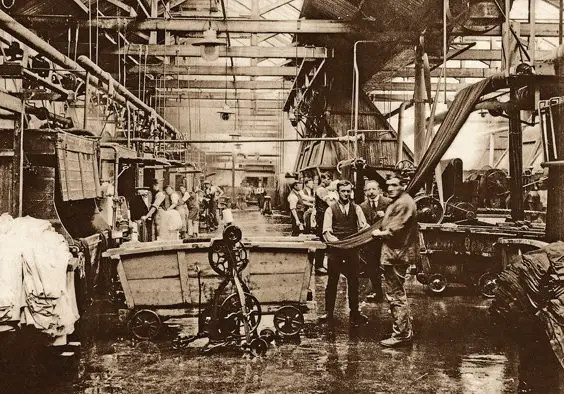
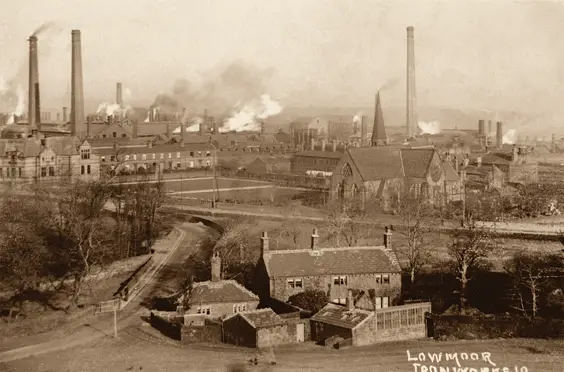
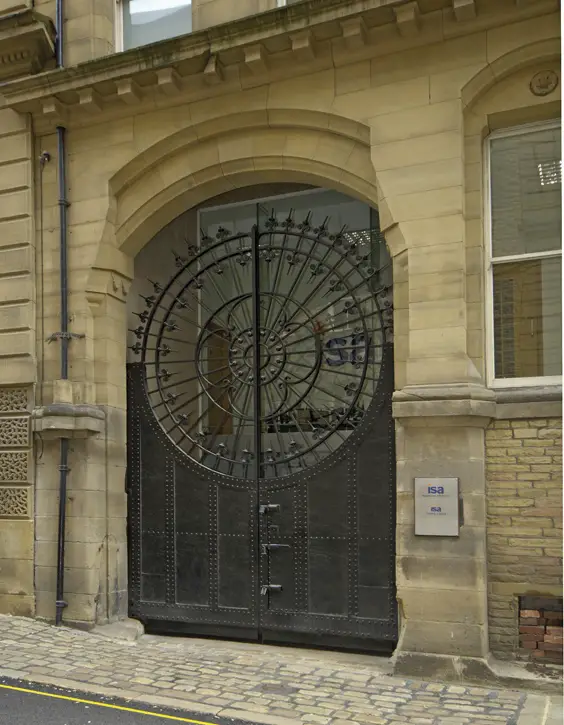
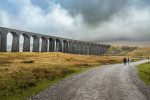









Hello
I am looking for records / info on R B Leggett please. Probably born in late 19th century. He generously accepted my mother-in-law at age 13, from Germany on a Kindertransport, i 1939. We are working on a family history, hoping to publish; but also hope to thank his family
The family ran a metalworks making ?catering equipment and other things. I had heard that the mill was demolished, but the offices were repurposed as flats. Any help appreciated
thanks